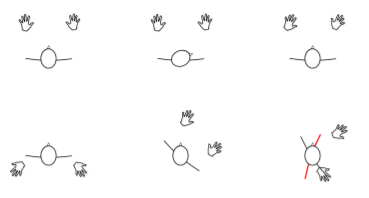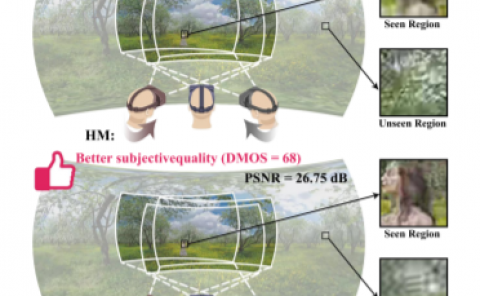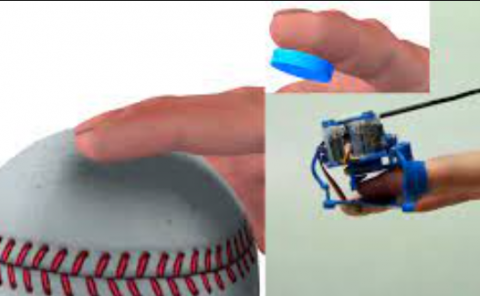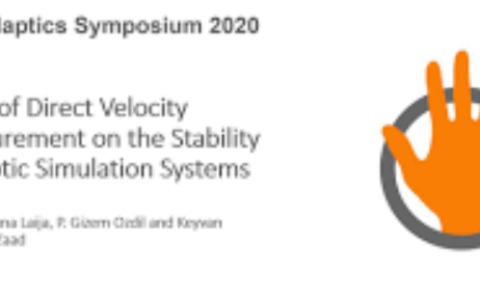Human upper-body inverse kinematics for increased embodiment in consumer-grade virtual reality
PubDate: November 2018
Teams: Graz University of Technolog
Writers: Mathias Parger;Joerg H. Mueller;Dieter Schmalstieg;Markus Steinberger
PDF: Human upper-body inverse kinematics for increased embodiment in consumer-grade virtual reality

Abstract
Having a virtual body can increase embodiment in virtual reality (VR) applications. However, comsumer-grade VR falls short of delivering sufficient sensory information for full-body motion capture. Consequently, most current VR applications do not even show arms, although they are often in the field of view. We address this shortcoming with a novel human upper-body inverse kinematics algorithm specifically targeted at tracking from head and hand sensors only. We present heuristics for elbow positioning depending on the shoulder-to-hand distance and for avoiding reaching unnatural joint limits. Our results show that our method increases the accuracy compared to general inverse kinematics applied to human arms with the same tracking input. In a user study, participants preferred our method over displaying disembodied hands without arms, but also over a more expensive motion capture system. In particular, our study shows that virtual arms animated with our inverse kinematics system can be used for applications involving heavy arm movement. We demonstrate that our method can not only be used to increase embodiment, but can also support interaction involving arms or shoulders, such as holding up a shield.



